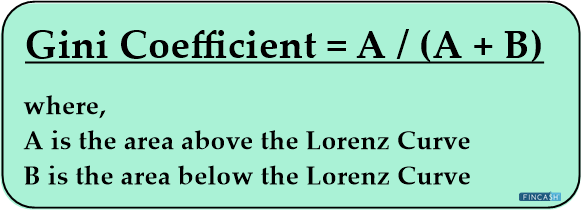
Table of Contents
Kairi Relative Index
Wish to know about Kairi Relative Index meaning? It is referred to as a specialized metric that is utilized by traders for timing the respective purchases of the stock. The metric is also utilized by them for understanding the ongoing trends in the given stock Market. The metric helps in measuring the overall deviation of the stock price from the day-to-day average price of the given stock over a specific period of time – usually 10 to 20 days.

If the price of the stock appears too high in comparison to the simple average of the given stock over the selected period of time, the Kairi Relative Index would advise the traders to sell the respective stock. On the other hand, if the price of the stock appears to be too low than its Moving Average, then the index implies that the traders should consider buying the stock.
Understanding the Kairi Relative Index
The Kairi Relative Index came into existence by a famous investor in Japan. However, there is little information about the exact person who had invented the same. By the time of the 20th century, the index became quite popular amongst the traders. However, by the time of the 1970s, the same was suppressed by other highly sophisticated metrics including RSI or Relative Strength Index by Welles Wilder.
Both of the given indexes tend to feature high-end Technical Analysis tool referred to as “oscillator.” It is based on the index –upon the value of the given financial asset. Moreover, the given tool has been designed to oscillate between values that tend to be extreme. As the index would reach the maximum value, it indicates that the asset is overbought and due a future decline in its overall price.
On the other hand, when the index would reach the minimum value, it implies that the asset is oversold, and would be due an increase in the overall price.
Talk to our investment specialist
The index serves to be a helpful tool that is utilized by traders or technical analysts. It is especially helpful for traders who make use of previous data on stock volumes and prices for predicting future prices in stocks. Technical traders are known to operate under the assumption that a majority of information available about a bond, stock, currency, or commodity tends to incorporated instantly in the price by the respective market forces. Therefore, it does not turn out profitable when it comes to making investment decisions on the Basis of the given information.
By making use of the tools like moving average, the traders are able to understand the true boundaries of the collective estimate of the market of the worth of the stock. As new actionable information about the stock will not be necessarily released to the public easily, it becomes quite safe to assume that the market is not going to change radically about its overall views of the value of the company.
All efforts have been made to ensure the information provided here is accurate. However, no guarantees are made regarding correctness of data. Please verify with scheme information document before making any investment.












